HATSUNO: TEA TASTING BY ALEX AHEARN
Name of the Product: HATSUNO
Type of Tea: Kabusecha
Producer: Takaki Akihito, a leading voice among Yame tea producers
Location: Hoshinomura, Yame City, Fukuoka Prefecture, northern Kyushu, Japan Harvest: 2022
Read A Little Bit About Kabusecha Below.
Kabusecha translates to "covered tea" and is shaded similarly to gyokuro but for a shorter period before harvest, about one week to ten days. The shading process deepens the color of the tea leaves before they are picked and adds sweetness and depth to the finished tea. A kabusecha captures the vibrancy of a sencha and the umami-rich characteristics of a gyokuro.

Takaki-san showing us his fresh first harvest kabusecha!
Taste HATSUNO Like Takaki-San!
Takakaki-san’s recommended steeping parameters.
Water: 300ml (~10.14 fl oz)
Temperature: 80°C (176°F)
Tea: 8g (~2 teaspoons)
Brewing: 90 seconds
Serving size for two people
HATSUNO is a kabusecha made by Takaki-san that captures the fresh spring air of Yame with the nuanced and layered umami characteristics found in many of Takaki-san’s teas. This kabusecha nicely captures the characteristics of both a sencha and a gyokuro, with delicate floral aromatics and a lingering finish with a hint of bitterness and sweetness.

Takaki-san checking the fresh leaves that have been just picked.
A subtle aroma escaped the sealed gold bag as I cut it open, and I lifted it to my nose to get a better smell. The aroma had the vibrancy of steamed leafy greens with a hint of spiciness like that of fresh arugula. A subtle floral characteristic underneath the vegetal notes became more noticeable as I breathed in. It made me think of a light breeze on a crisp spring day when trees are starting to leaf out and flowers are just starting to bloom. I watched as the emerald green tea leaves moved slowly out of the gold bag as I poured some into a small bowl to weigh them.
A similar delicate aroma filled the air around me. I gathered my teaware and set up my table to make the kabusecha. After I warmed my water to 80°C (176°F) in my kettle, I poured a small amount of water into my kyusu. I tilted and rotated it to warm up the walls inside the teapot. I poured the water into two cups to warm them as well.

The best of both worlds, sencha & gyokuro.
I lifted the small bowl filled with dry tea leaves and held it next to the opening of the kyusu, watching as the leaves fell into the teapot as I tilted the bowl. I then closed the lid and waited a few seconds. I opened the lid slightly and smelled the aroma of the leaves in the warmed kyusu, taking in all of the floral and vegetal aromatics of the tea.
The leaves smelled like fresh spring greens, with a subtle hint of daisies and water chestnuts. I discarded the water in the two cups and filled the kyusu with more warm water, closed the lid, and let the tea steep. Just before the 90 seconds were up, I started to pour the tea out of the kyusu into the two cups.

Takaki-san preparing HATSUNO for us at his tea shop in Hoshinomura.
The light green liquor had very pale green and yellow hues and smelled of crisp vegetables and freshly picked narcissus. I lifted one of the cups to my mouth and took a small sip, and the light-bodied liquor passed my lips. The liquor had a soft delivery and a smooth mouthfeel with balanced vegetal and floral characteristics.
The tea had more complexity, and a coating umami characteristic as the liquor moved through my mouth, and its subtle bitterness and sweetness lingered in the back of my throat. I steeped the tea another two times, and there were more vegetal and umami characteristics, and the liquor was slightly lighter with a soft, buttery mouthfeel.
The floral aroma of fresh-cut spring flowers lingered at the bottom of the cup, and the liquor’s finish was still lingering subtly in my throat. Notes of fresh spinach, lightly toasted white sesame seeds, and wakame (seaweed salad) persisted as the tea coated my mouth. Following Takaki-san’s steeping parameters captures HATSUNO’s complex umami, vegetal, and delicate floral characteristics. This tea is made with the Okumidori and Fuji-midori cultivars.

Wonderful pale green liquor (photo © Alex Ahearn)
Make This Tea For Any Occasion!
Hot Preparation:
If you would like to enjoy this tea in a smaller quantity that makes enough tea for one person, you may use 4 grams of tea and 150ml (~5.07 fl. oz) of water. The tea can be steeped up to three times, using one 90-second steep followed by two 1-minute steeps.
Ice Brew (kōridashi) Preparation: This tea can be enjoyed using another steeping method called kōridashi. An ice cube can be placed on top of the dry tea leaves, about 3 grams, in your cup and left to melt for about 30 minutes. You may pour a very small amount (~10ml/0.33 fl. oz) of warmed water over the ice cube to start the melting process. The tea’s astringency will be more subtle while its umami characteristics remain rich and lingering.
Cold Brew Preparation: This tea can be enjoyed as a cold brew made in a 750ml (~25.4 fl oz) cold brew bottle or a pitcher. This preparation method highlights the tea’s more aromatic characteristics and underlying complexity. Put 8-10g of tea in the bottom of the bottle. Fill the bottle to the top with cold or room temperature filtered water.
Place the bottle in the refrigerator and allow the tea to steep for 8-12 hours. You can taste test the tea throughout its steeping and enjoy it at any point to your liking. After the desired amount of time has passed, strain and enjoy the tea. Store in refrigerator up to one day after preparing.
Food Pairing Recommendations:
You may enjoy this tea by itself or pair it with food. You may pair it with onigiri, sushi, sashimi, and other raw fish dishes.


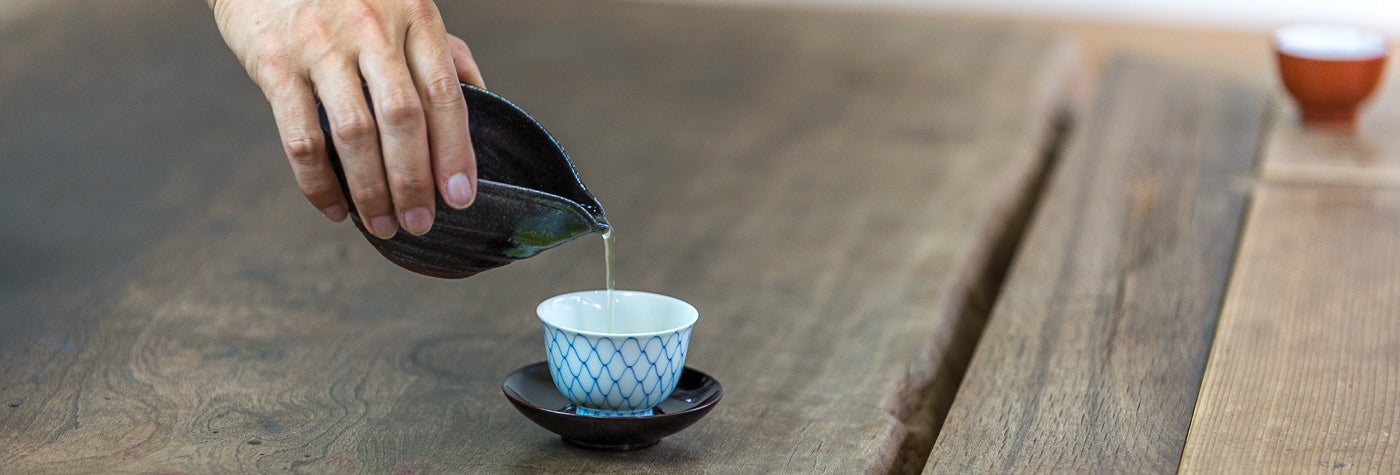

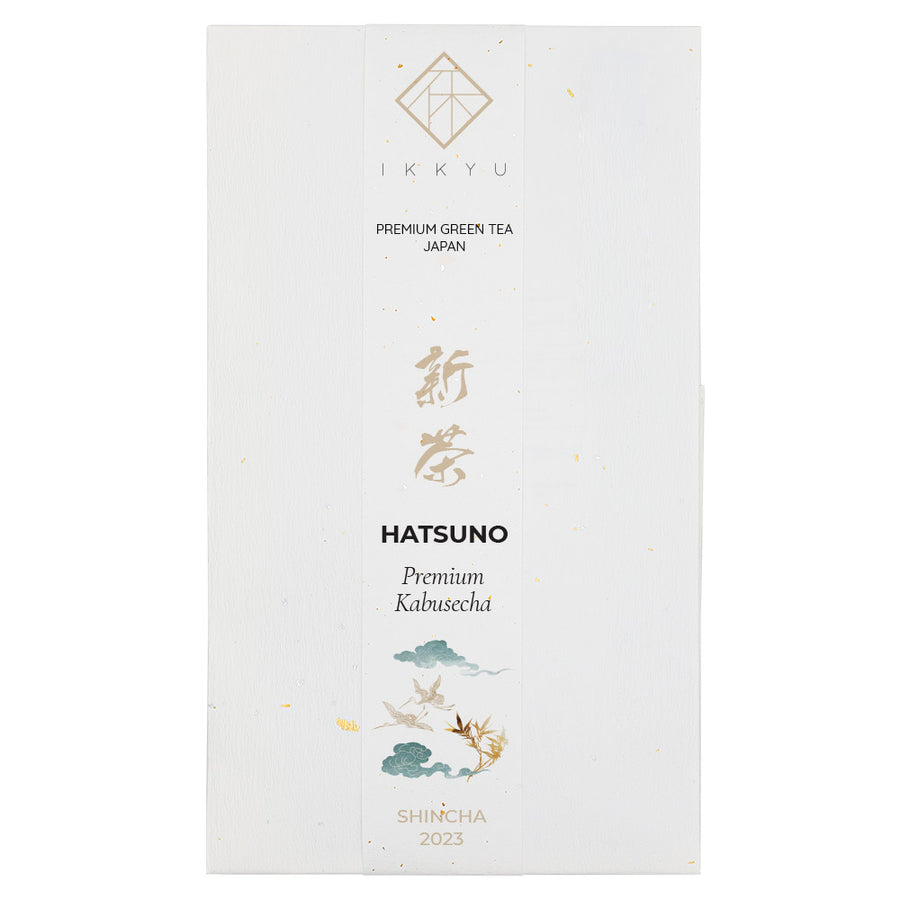
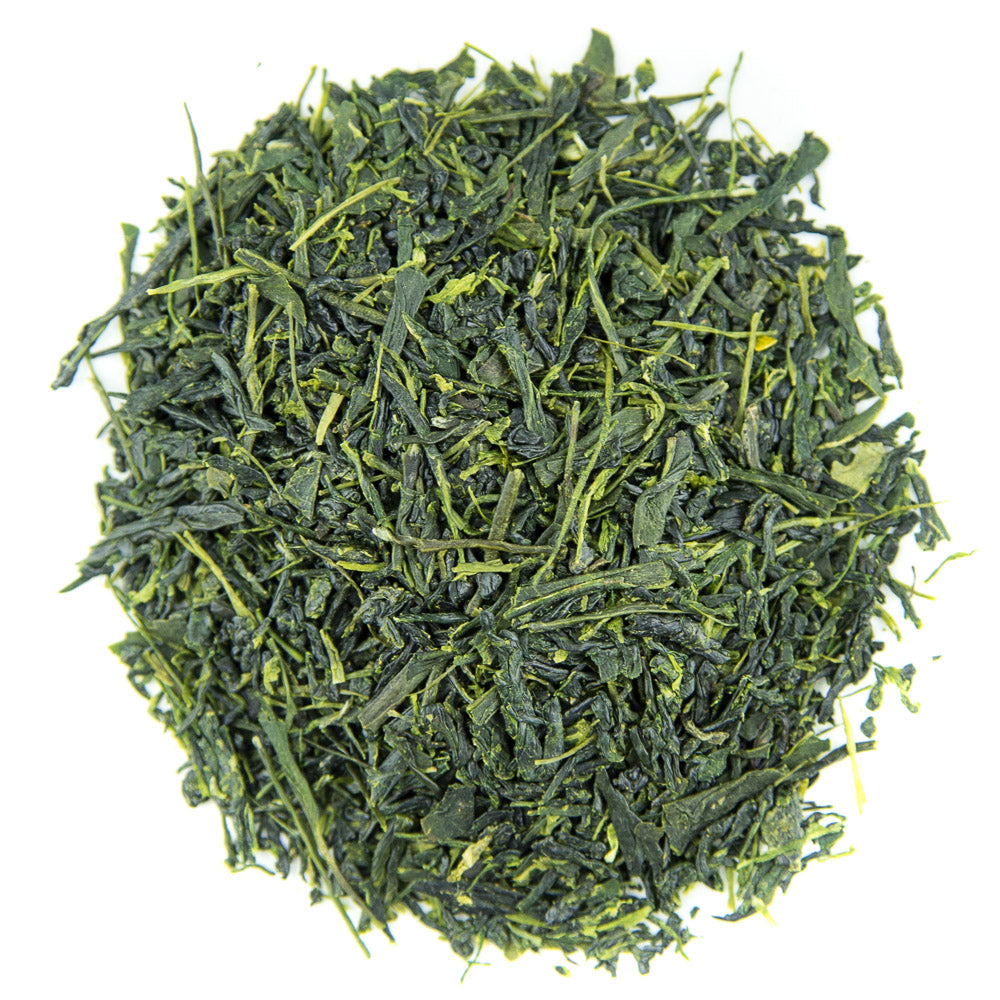
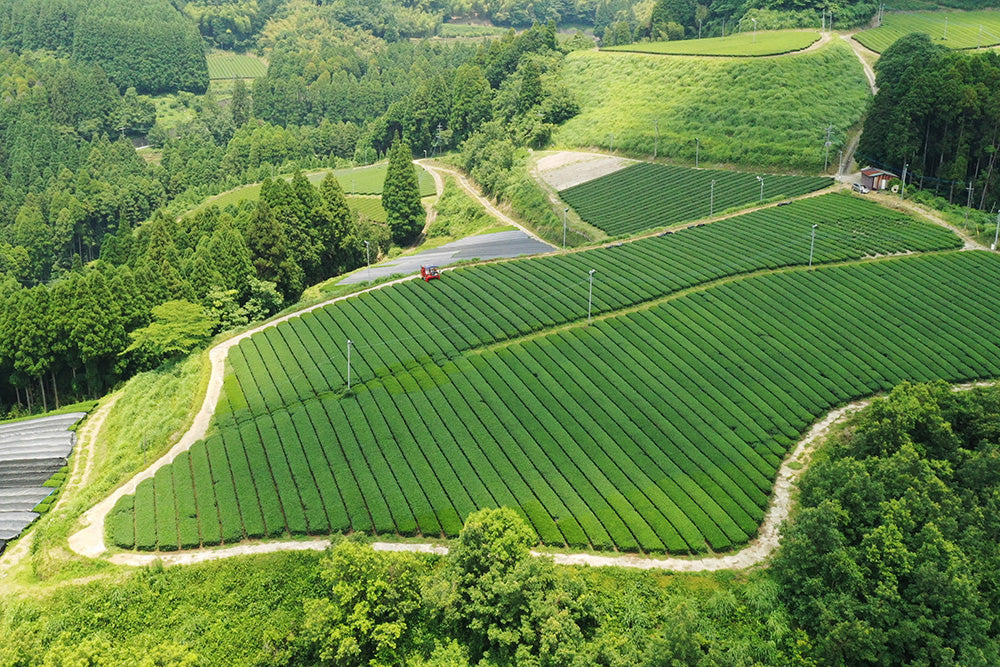
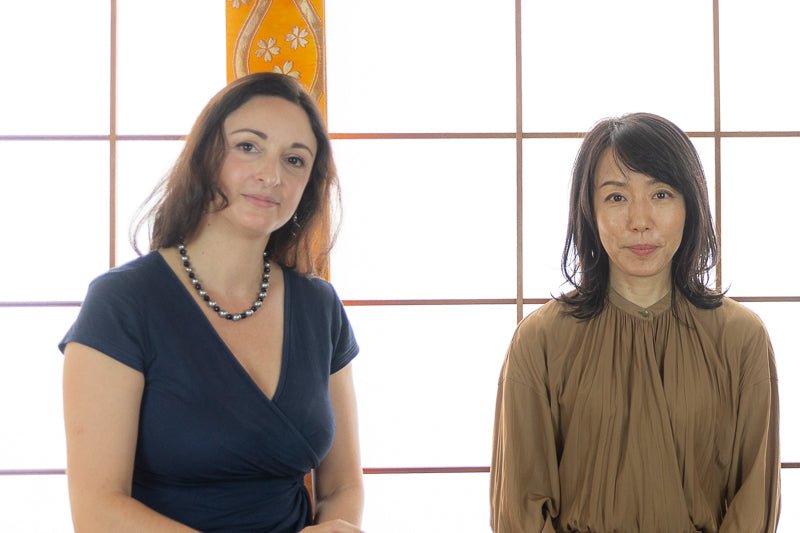
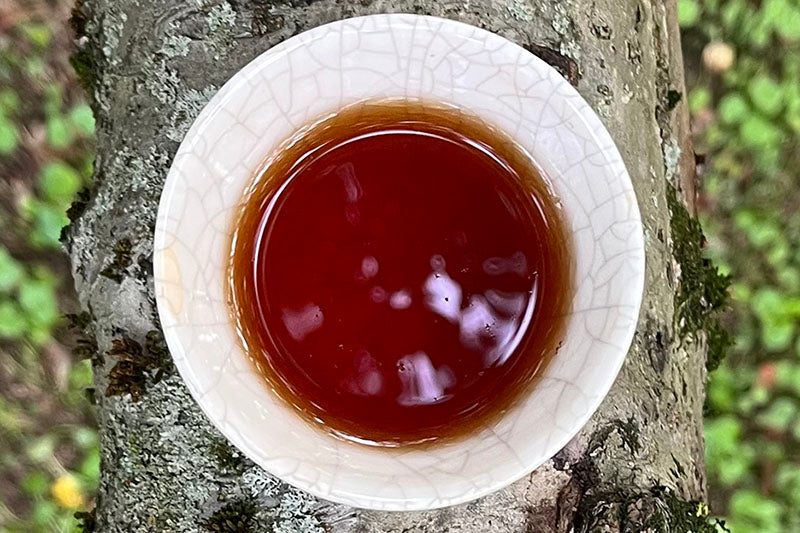
Leave a comment